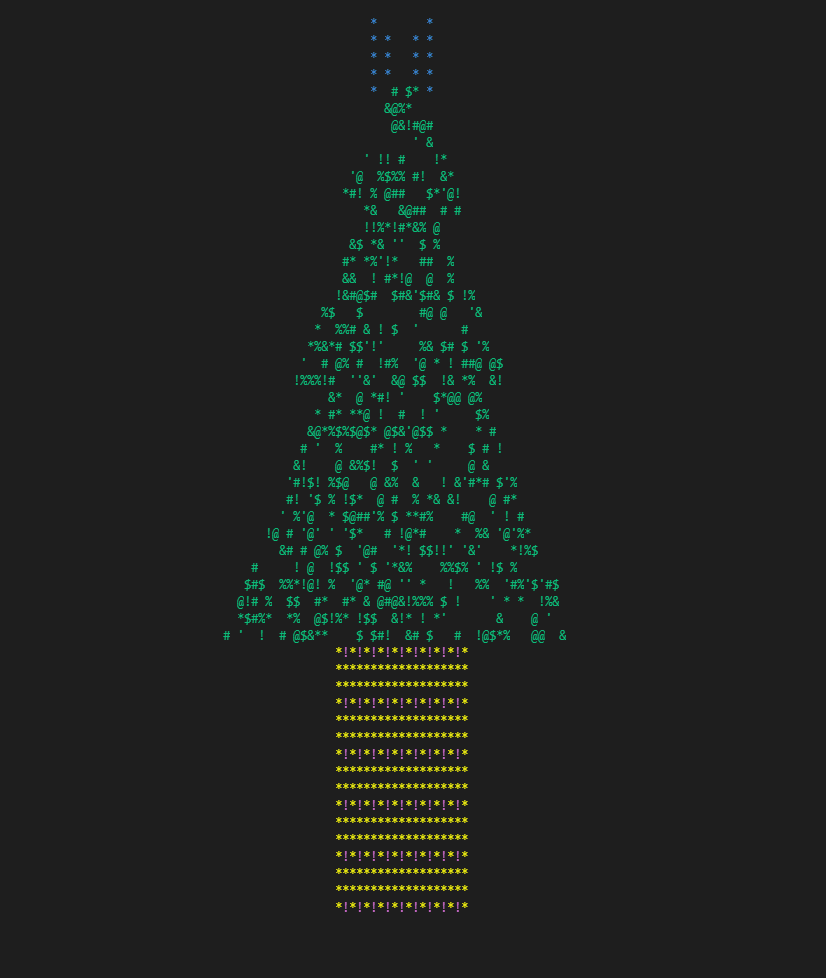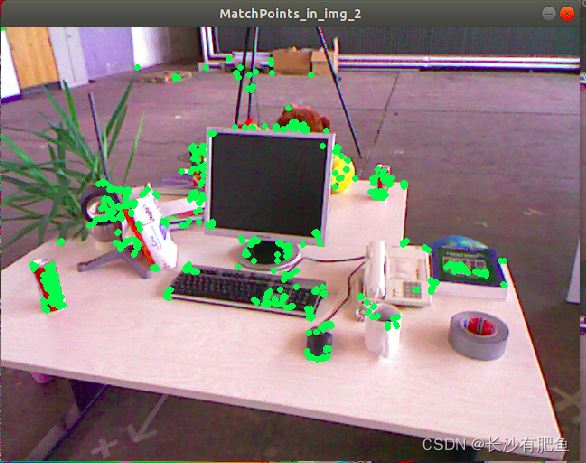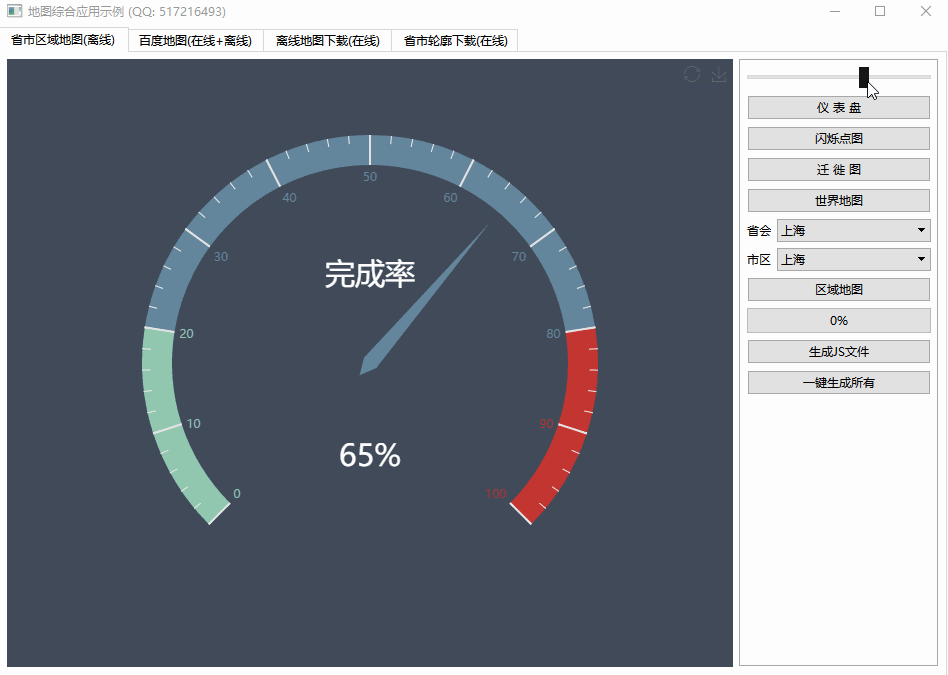Using Struct Stat()(使用 Struct Stat())
问题描述
我正在尝试弄清楚如何使用 stat() 来捕获有关文件的信息.我需要的是能够打印有关文件的多个信息字段.所以..
I'm trying to figure out how exactly to use stat() to capture information about a file. What I need is to be able to print several fields of information about a file. So..
#include <iostream>
#include <sys/types.h>
#include <sys/stat.h>
#include <fcntl.h>
using namespace std;
int main() {
struct stat buf;
stat("file",&buf);
...
cout << st_dev << endl;
cout << st_ino << endl;
cout << st_mode << endl;
cout << st_nlink << endl;
cout << st_uid << endl;
cout << st_gid << endl;
cout << st_rdev << endl;
cout << st_size << endl;
cout << st_blksize << endl;
cout << st_blocks << endl;
cout << st_atime << endl;
cout << st_mtime << endl;
cout << st_ctime << endl;
...
}
我对如何做到这一点感到非常困惑.为什么 &buf 是 stat 的参数?我不在乎将这些信息存储在内存中,我只需要我的 c++ 程序中的输出字段.如何访问结构中包含的信息?buf 实际上应该包含从 stat() 返回的信息吗?
I'm thoroughly confused about how to do this. Why is &buf a parameter to stat? I don't care about storing this information in memory, I just need the outputted fields within my c++ program. How do I access the information contained in the struct? Is buf actually supposed to contain the returned information from stat()?
推荐答案
是的,buf 在这里用作输出参数.结果保存在buf中,stat的返回值是一个错误码,表示stat操作是成功还是失败.
Yes, buf is being used here as an out-parameter. The results are stored in buf and the return value of stat is an error code indicating if the stat operation succeeded or failed.
这样做是因为 stat 是一个 POSIX 函数,为 C 设计,它不支持像异常这样的带外错误报告机制.如果 stat 返回 一个结构体,那么它就无法指示错误.使用这个 out-parameter 方法还允许调用者选择他们想要存储结果的位置,但这是次要功能.传递普通局部变量的地址完全没问题,就像你在这里做的一样.
It is done this way because stat is a POSIX function, designed for C, which does not support out-of-band error reporting mechanisms like exceptions. If stat returned a struct, then it would have no way to indicate errors. Using this out-parameter method also allows the caller to choose where they want to store the results, but that's a secondary feature. It's perfectly fine to pass the address of a normal local variable, just like you have done here.
您可以像访问任何其他对象一样访问结构体的字段.我想你至少熟悉对象符号?例如.buf.st_dev 访问名为 buf 的 stat 结构中的 st_dev 字段.所以:
You access the fields of a struct like you would any other object. I presume you are at least familar with object notation? E.g. the st_dev field within the stat struct called buf is accessed by buf.st_dev. So:
cout << buf.st_dev << endl;
等
这篇关于使用 Struct Stat()的文章就介绍到这了,希望我们推荐的答案对大家有所帮助,也希望大家多多支持编程学习网!
本文标题为:使用 Struct Stat()


基础教程推荐
- 如何通过C程序打开命令提示符Cmd 2022-12-09
- 静态库、静态链接动态库和动态链接动态库的 .lib 文件里面是什么? 2021-01-01
- 这个宏可以转换成函数吗? 2022-01-01
- 常量变量在标题中不起作用 2021-01-01
- 如何将 std::pair 的排序 std::list 转换为 std::map 2022-01-01
- 我有静态或动态 boost 库吗? 2021-01-01
- 如何检查GTK+3.0中的小部件类型? 2022-11-30
- 如何在 C++ 中初始化静态常量成员? 2022-01-01
- C++结构和函数声明。为什么它不能编译? 2022-11-07
- 在 C++ 中计算滚动/移动平均值 2021-01-01

















